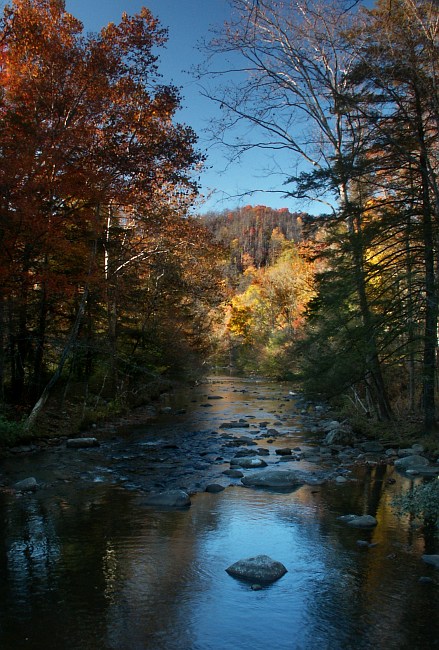1-888-667-0559
Contact Us
|
|
First unread post | | 7 posts | | Page 1 of 1 |
 Dan Heimsoth
|
|
|
|
|
|
by E.J. Peiker
on Mon Nov 17, 2003 10:45 am
|
Posts: 86788
Joined: 16 Aug 2003 Location: Arizona Member #:00002 |
||
|
|
by Dick Ginkowski
on Mon Nov 17, 2003 11:39 am
|
Posts: 6447
Joined: 31 Aug 2003 Location: Pleasant Prairie, WI |
||
|
|
by João Quintela
on Mon Nov 17, 2003 4:42 pm
|
Posts: 934
Joined: 28 Sep 2003 Location: Aveiro; Portugal |
||
|
|
by Ken Cravillion
on Mon Nov 17, 2003 9:26 pm
|
Posts: 8534
Joined: 21 Aug 2003 Location: Oshkosh!!! Member #:00072 |
||
|
|
by Anders
on Tue Nov 18, 2003 2:17 am
|
Posts: 862
Joined: 21 Aug 2003 Location: San Francisco Bay Area, CA, USA Member #:00156 |
||
|
|
by Dan Heimsoth
on Tue Nov 18, 2003 8:39 pm
|
Posts: 16
Joined: 12 Nov 2003 Location: Cary, NC |
||
|
| 7 posts | | Page 1 of 1 |